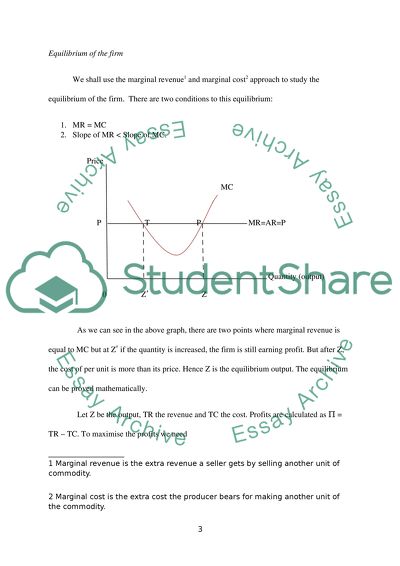Cite this document
(“Perfect Competition and Monopoly Essay Example | Topics and Well Written Essays - 2500 words”, n.d.)
Retrieved from https://studentshare.org/macro-microeconomics/1430620-essay-a-explain-why-perfectly-competitive-firms
Retrieved from https://studentshare.org/macro-microeconomics/1430620-essay-a-explain-why-perfectly-competitive-firms
(Perfect Competition and Monopoly Essay Example | Topics and Well Written Essays - 2500 Words)
https://studentshare.org/macro-microeconomics/1430620-essay-a-explain-why-perfectly-competitive-firms.
https://studentshare.org/macro-microeconomics/1430620-essay-a-explain-why-perfectly-competitive-firms.
“Perfect Competition and Monopoly Essay Example | Topics and Well Written Essays - 2500 Words”, n.d. https://studentshare.org/macro-microeconomics/1430620-essay-a-explain-why-perfectly-competitive-firms.


